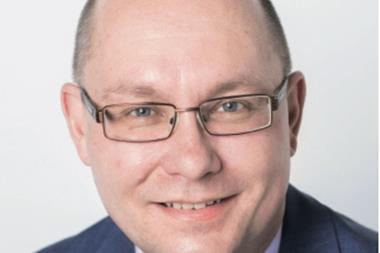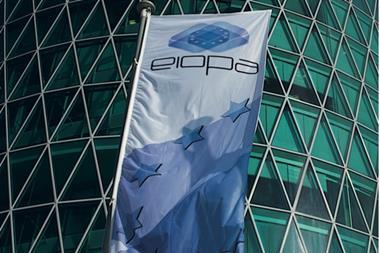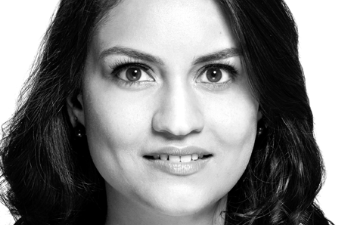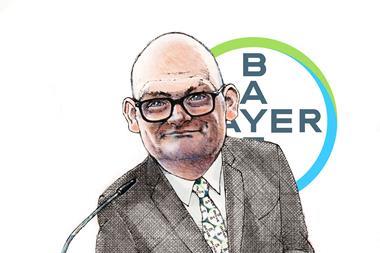The double-digit returns of the €550bn Dutch civil service scheme ABP contrast sharply with those of the country’s metal industry schemes PMT and PME.
ABP’s investment portfolio returned 11.1% in 2021 thanks to strong stock market returns and the fund’s lucrative investments in real estate, private equity and commodities. ABP reaped the benefits of its relatively large allocation to alternatives. The fund’s private equity investments (8% of the portfolio) returned a whopping 39.4%, which was only bettered by a 45.4% return on commodities (6% of the portfolio).
Healthcare scheme PFZW’s private equity investments did even better than those of ABP at 44%, but because returns on other asset classes were lower than those of ABP, and since the fund does not invest in commodities, PFZW’s total return of 8.2% could not match that of ABP.
The strong returns of ABP and PFZW make a big contrast with those of PMT and PME, both of which have their portfolios managed by MN. The two metal industry schemes returned 3% and 3.5%, respectively.
The relatively poor returns were mostly to blame on the large losses the two funds suffered on their matching portfolios. PMT’s matching portfolio, which mostly consists of government bonds and constituted 42% of the fund’s assets by the end of 2021 (down from 49% a year earlier), suffered a record loss of 11.6%.
PME’s matching portfolio (44.7% of assets) hardly did better, with a return of -9.5%. By contrast, ABP recorded a loss of just -0.9% on its bond holdings, which also include high-yield bonds and emerging market bonds.
Funding ratios
Thanks to the dual forces of high investment returns and rising interest rates, which translate to a drop in liabilities, the funding ratios of the Netherlands’ five largest pension funds all rose to their highest levels in many years.
| Funding ratio Dec-20 | Funding ratio Dec-21 | AUM (bn) | 2021 return | |
|---|---|---|---|---|
| ABP | 93.5% | 110.2% | € 550 | 11.1% |
| PFZW | 92.6% | 106.6% | € 278 | 8.2% |
| bpfBouw | 111.1% | 125.1% | € 78 | 6.7% |
| PMT | 96.3% | 106.1% | € 101 | 3% |
| PME | 97.6% | 109.7% | € 64 | 3.5% |
“Our funding ratio has rocketed,” ABP president Harmen van Wijnen said in a press release. The civil service scheme, has both the highest investment return and the lowest interest rate hedge of the five funds, indeed enjoyed the strongest improvement in its financial position.
Its funding ratio jumped by 16.7 percentage points to 110.2% at the end of the year. This was the highest level since 2011, noted Van Wijnen.
Indexation
PFZW’s funding ratio rose to 106.6%, its highest level in seven years, while PMT and PME also saw their funding ratios rise well above the 100% mark.
The only of the five funds that can index pensions this year, however, is the fund for the construction industry Bouw which saw its funding ratio hit 125%.
The other four funds, which together manage over half of all Dutch pension assets, acknowledge indexation is still some way off despite 2021’s bumper returns.
“We understand very well the disappointment of pensioners with this situation as well as the increasing calls for indexation,” said PME president Eric Uijen in a press release.
ABP’s Van Wijnen said the pension fund is currently investigating when it can finally increase pensions again. The Dutch government recently decided to lower the minimum policy funding ratio – the average funding ratio over the past 12 months – that is required to index pensions from 110% to 105%.
He said: “We have the intention to index pensions as soon as we are able to do this.” ABP’s current policy ratio only stands at 102.8%.




























No comments yet